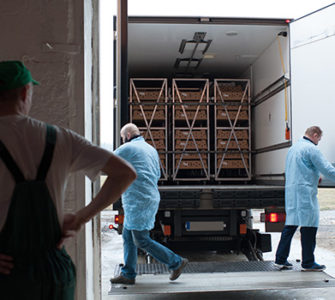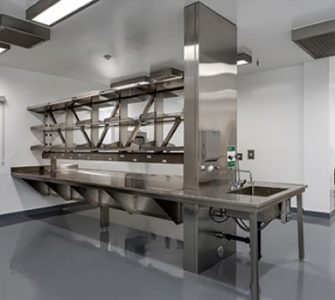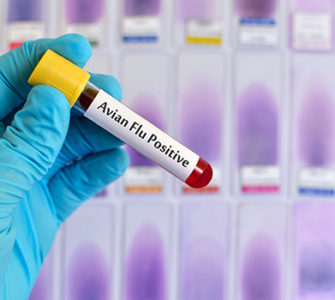Site-specific biosecurity key to disease protection
Egg producers are being urged to not adopt a “one size fits all” approach to biosecurity in a bid to keep avian influenza (AI) away from their flocks this winter.
The International Egg Commission’s Avian Influenza Global Expert Group said developing and improving biosecurity strategies can only be achieved if producers look at each stage of their operation to understand where improvements can be made.
To help producers identify areas where they can reduce the chances of AI infecting their birds, the group — made up of leading scientists, vets and experts from around the world — has published a practical biosecurity checklist.
It hopes farmers will use the free guide to identify where infection risks might lie and find ways to change their operations.
Among the tips are the need for site-specific biosecurity strategies, including making sure that staff and visitors follow farm operating procedures, and controlling the movement of vehicles.
The guide also recommends preventing chickens from having contact with rodents and wild birds, as well as providing dedicated protective clothing and footwear for anyone who has access to chickens.
“Our industry must strive for improved performance through effective biosecurity protocols,” the group said.
“We believe that the check list will be an invaluable addition to our armory, protecting the industry from the devastating consequences of AI.”
Critical considerations producers should take:
- Biosecurity programs must be site- and structure-specific. All-in/all-out farm design and planning is ideal, but it is possible to achieve good biosecurity in older units by applying all-in/all-out principles to each barn, and separating operations between each barn.
- Establish and control a well-defined clean/dirty line at the farm gate and chicken house door, plus consider all farm inputs dirty/contaminated until cleaning and disinfection.
- Track all inputs and outputs on a farm, including vehicles, people and equipment.
- Ensure all farm personnel, visitors, vendors and contract crews follow all farm biosecurity standard operating procedures at all times.
- Consider how certain standard operating procedures will be completed in winter and summer weather.
- Don’t take short cuts, as they can lead to potential infection.
- Ensure you have veterinarian oversight (or consultation) for biosecurity programs. Flock monitoring programs are also recommended.
Posted on January 9, 2018

















